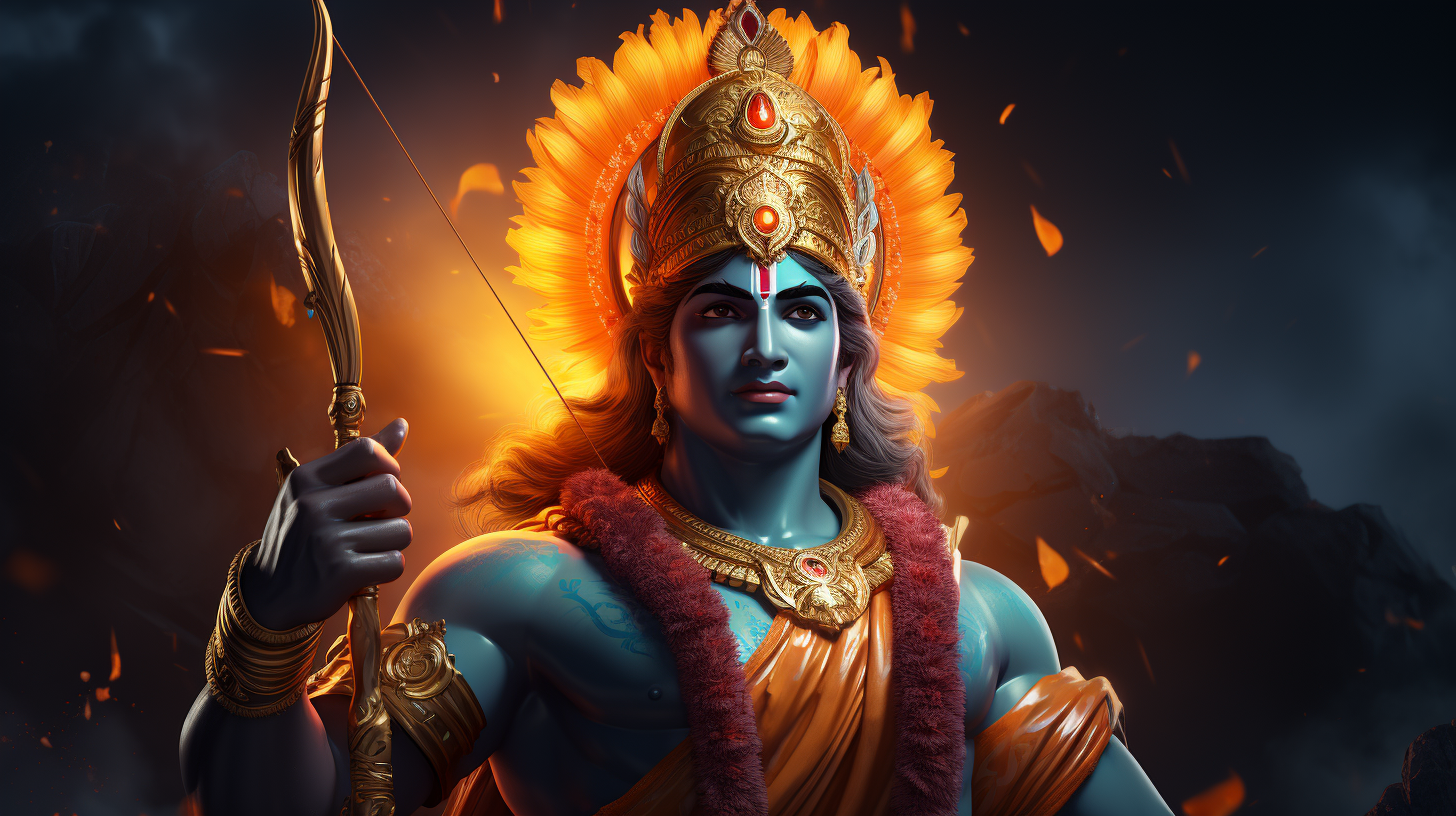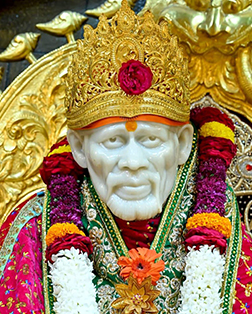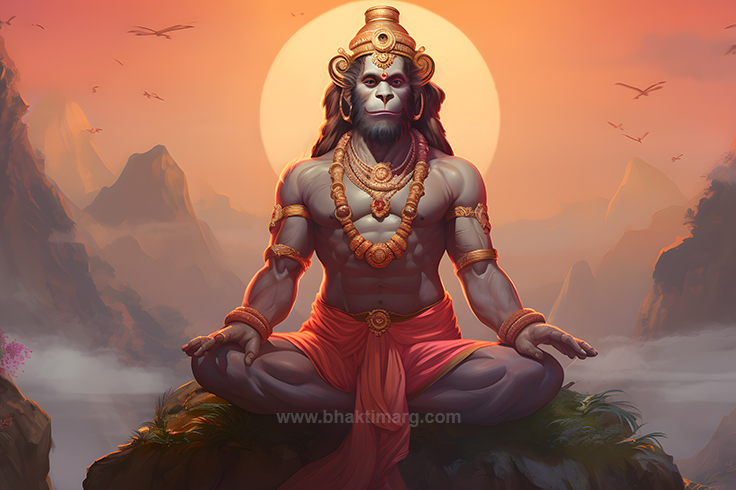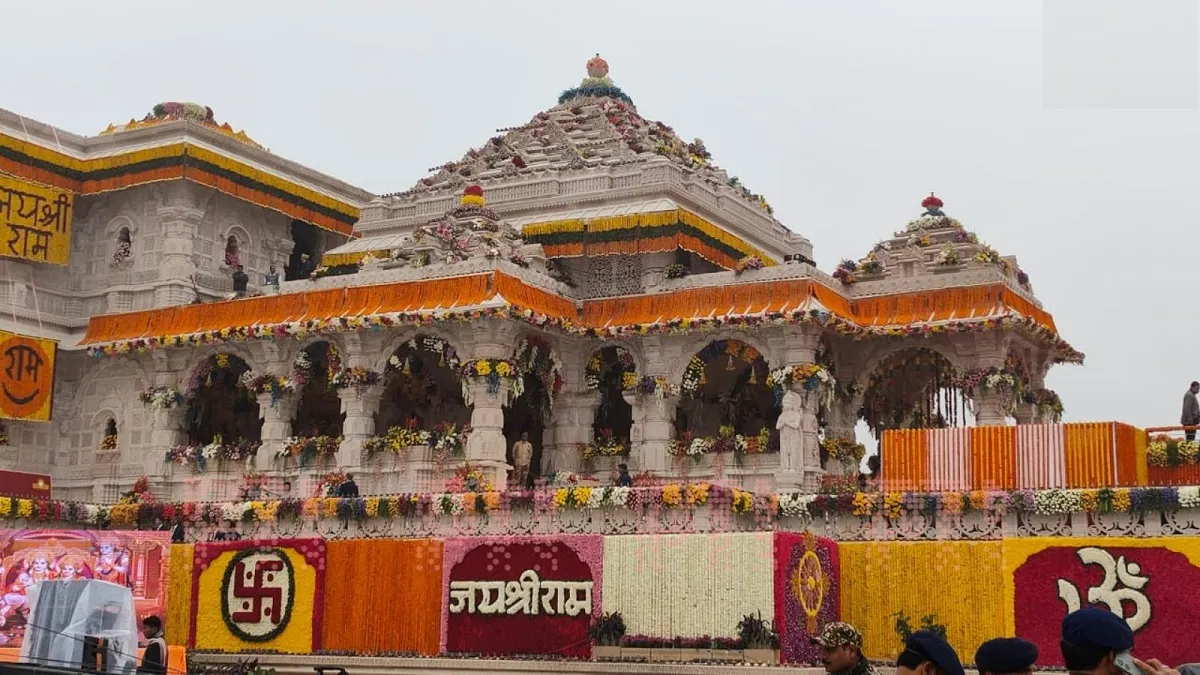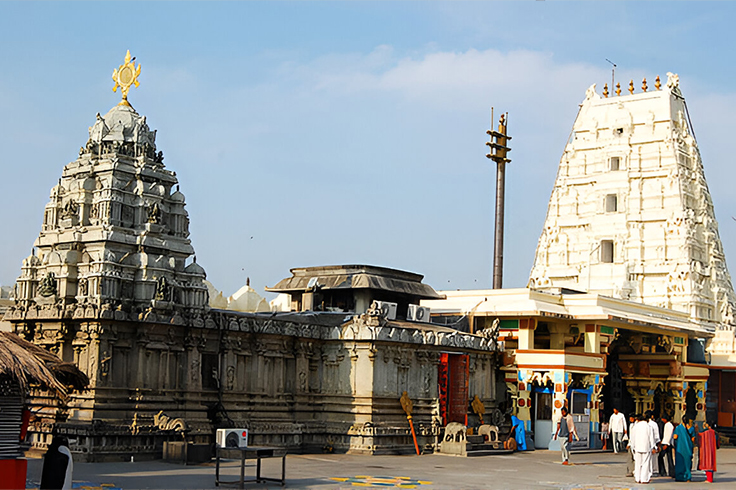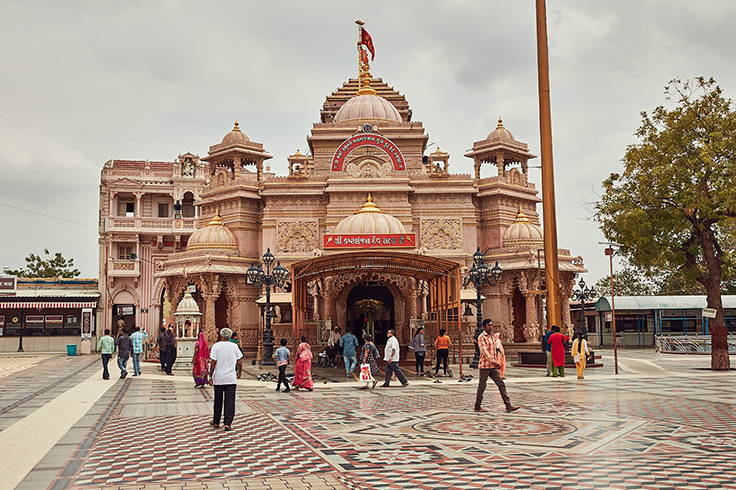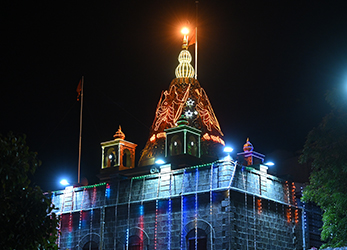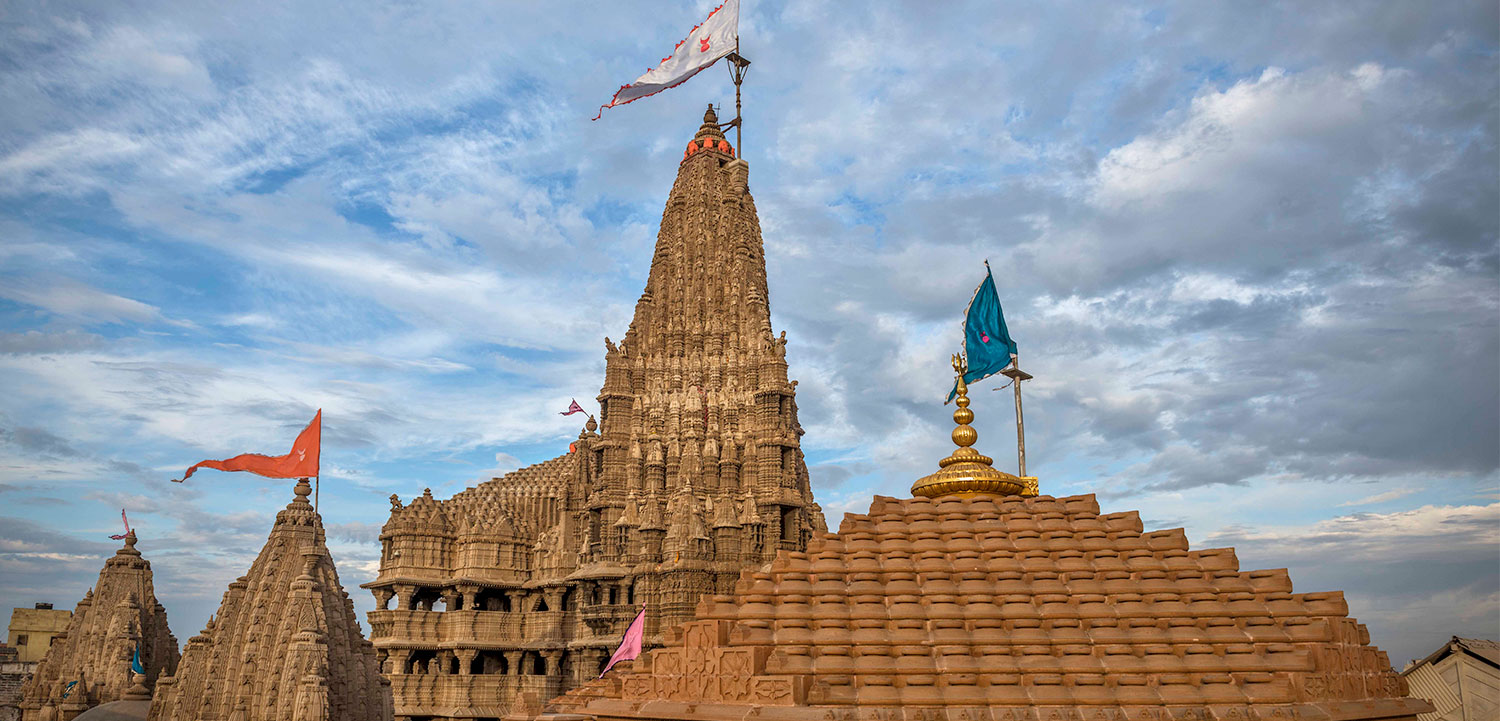Ashadhi Ekadashi 2025: Date, Significance, History, Rituals
Ekadashi is celebrated on the eleventh day of the waxing and waning moon according to the Vedic Calender which indicates the ‘Tithis’ on each day according to the moon’s position. The waxing moon phase is called Shukla Paksha the word ‘Shukla’ means bright denoting the brighter shade of the moon starting from the new moon. The waning moon phase is called the Krishna Paksha here ‘Krishn’ means dark denoting the darker phase starting after the full moon where the moon starts to reduce.
There are usually 24 Ekadashi in the calendar and among them, the Ashadi Ekadashi and Kartiki Ekadashi are celebrated as special occasions devoted to the Lord Shree Krishna an avatar of Lord Vishnu and the Devshayani Ekadashi 2025 falls on the 6th of July, Sunday.
Ashadi Ekadashi Meaning and Significance
Ashadhi Ekadashi is also known as Devshayani Ekadashi and is special as it marks the beginning of Chaturmas, the four holy months in the Hindu calendar. The word Devshayani means when ‘Dev’ denoting Lord Vishnu enters a ‘shayani’ state that is into a deep slumber or meditative state. It holds immense spiritual significance as it is the day when Lord Vishnu enters a state of deep slumber on the cosmic serpent Shesha in the Ksheersagar (Ocean of Milk).
This period of divine rest lasts for four months, ending on Prabodhini Ekadashi in the month of Kartik also called Kartiki Ekadashi. Ashadi Ekadashi’s importance lies in the commencement of Vishnu’s sleep marks the beginning of Chaturmas, a period considered highly auspicious for undertaking spiritual practices, penance, and religious observances. Both these Ekadashi are considered auspicious and devotees of Vaishnavism celebrate it with great enthusiasm.
For devotees, Ashadhi Ekadashi is a day to seek the blessings of Lord Vishnu, aiming to attain moksha (liberation) and absolve sins. It is also a time to undertake vows of austerity and discipline, aligning oneself with spiritual growth and ethical living.
Origin Story of Devshayani Ekadashi Vrat
The origins of Ashadhi Ekadashi are rooted in ancient Hindu scriptures, there is a religious story related to the celebration of Ekadashi Vrat. According to the Padma Purana and the Bhavishya Purana, there is a legend that explains the significance of this day. Once, a demon named Murdanav terrorized the heavens. Seeking refuge, the gods approached Lord Vishnu, who battled Mur but soon entered his meditative state. Mur attempted to attack him at that point, and the 11th sense of Vishnu appeared in the form of a beautiful woman and defeated the demon with ill intention, later when Shri Hari woke he was happy with the devotion and bravery of the young woman, and named her Ekadashi giving her a boon that anyone who fast on this ‘Tithi’ that is the 11th day of waning or waxing moon would receive his blessing, be freed of sins and attain Moksha liberation.
This tale is later recounted in Mahabharata when the Pandava king Yudhishthira asks Bhagwan Shri Krishna about the importance of Ekadashi. Krishna recites the story and specifies the significance of Ashadhi Ekadashi, emphasizing its power to purify souls and its revered status among all Ekadashis.

Credits: Mahesh Lonkar Photography
Rituals and Celebration of Devshayani Ashadhi Ekadashi
- Devotees following Vaishnavism and Krishna Bhagwan Ji observe a stringent fast from sunrise on Ashadhi Ekadashi until the sunrise on Dwadashi that is the next day, some abstain from all food and water, while others consume only fruits, milk, and non-grain foods; the fast is then broken after performing ritualistic worship of Lord Vishnu on Dwadashi
- There is an early morning ritual starting with a holy bath and purification rituals, devotees then perform aarti and offer prayers to Lord Vishnu or Lord Shree Krishna, often using sacred items like Tulsi leaves, flowers, incense, and lamps
- Special puja (worship) ceremonies are conducted in homes and temples for Shayani Ekadashi devotees to sing bhajans (devotional songs) and chant Vishnu Sahasranama (the thousand names of Vishnu) or other Vishnu mantras to invoke divine blessings
- In Maharashtra, the celebration of both Kartiki and Ashadhi Ekadashi is marked by the grand pilgrimage to the Vithoba temple in Pandharpur, the Varkaris devout of Bhagwan Shri Krishna and his Vitthal avatar travel on foot from various parts of the state, singing and dancing in devotion; this Wari or procession culminates at the Pandharpur temple, it is a highlighted festival of Maharashtra portraying the culture and richness of Warkari Sampraday
- During Devshayani Ekadashi Vrat many devotees carry out Jagran and stay awake throughout the night, engaging in continuous prayers, chanting, and reading from holy scriptures. This vigil is a form of devotion and penance, reflecting their deep faith and commitment

Unknown Facts about Ashadhi Ekadashi and Theological Beliefs
The significance of Ashadi Ekadashi lies in it symbolizing the power of devotion, penance, and the cyclical nature of the cosmos. Theologically, the festival underscores the following beliefs, the stories associated with Ashadhi Ekadashi emphasize the belief that divine intervention through Vishnu the preserver or his different avatar prominently Lord Shree Krishna, and his manifestation of Vitthal praised on these occasions can overcome evil and restore cosmic order.
The tradition of observing Devshayani Ekadashi Vrat and rituals is believed to cleanse the soul, remove past sins, and bring one closer to moksha. It is a period for reflection, self-discipline, and spiritual reawakening. Also, this festival marks the period when Vishnu, the preserver, rests, signifying a time for humans to engage in reflection and spiritual practices, aligning with the cosmic rhythm of rest and renewal, let’s look at some unknown facts of the Devshayani Ashadhi Ekadashi, and intent behind some ritual and tradition carried during the occasion,
- The period of Chaturmas four auspicious months starting with Ashadhi Ekadashi is believed to be when cosmic energies are most conducive to spiritual practices
- The Varkari tradition of walking to Pandharpur and taking a procession to the doorsteps of Bhagwan Shri Krishna’s manifestation Vitthal has a significant environmental impact, this pilgrimage promotes eco-friendly practices, emphasizing minimalism and communal living, which have gained contemporary relevance in promoting sustainability, it has a historical record dating back over 800 years attracting millions of devotees, highlighting the enduring nature of this spiritual journey
- The worship of Lord Vithoba in Pandharpur during Ashadhi Ekadashi is unique, blending Shaiva and Vaishnava traditions. This festival has inspired a rich tradition of Marathi literature, music, and art, the abhangas (devotional songs) composed by saints like Tukaram and Dnyaneshwar are integral to the celebration, showcasing the deep cultural integration of the festival
- Modern scientific studies suggest that intermittent fasting, as practiced during Shayani Ekadashi, can have health benefits, including improved metabolism, enhanced brain function, and reduced inflammation
- The alignment of celestial bodies during Ashadhi Ekadashi is often noted by astronomers and astrologers, who believe this period has a profound impact on planetary energies, influencing human life and spiritual practices
While Ashadhi Ekadashi is predominantly celebrated in India, it has a growing following among the Indian diaspora worldwide. Temples and Hindu communities in countries like the United States, Canada, and the UK observe this festival with great fervor
Ashadi Ekadashi’s importance is a profound spiritual observance that combines religious fervor, cultural richness, and theological depth. This occasion is celebrated with great devotion and it marks a period of great divine rest encouraging the devotees to engage in soul-searching, penance, and spiritual practices.
The significance of Ashadi Ekadashi, its historical roots, elaborate rituals, and the vibrant pilgrimage to Pandharpur highlight its enduring nature in Hindu tradition. By observing Ashadhi Ekadashi Vrat, devotees wish to align themselves with the divine, purify their souls, and attain spiritual upliftment, embodying the timeless essence of devotion and faith. Hence Ashadi Ekadashi importance in Hinduism and Sanatan Dharm is grand, praising the preserver of universe lord Vishnu and his all-pervading avatar Bhagwan Shri Krishna along with his manifestation as lord Vitthal. The Devshayani Ashadhi Ekadashi is motley followed by Vishnava and is predominantly found to be celebrated with the prompt in Maharashtra, Gujrat, Karnataka, and Goa.




